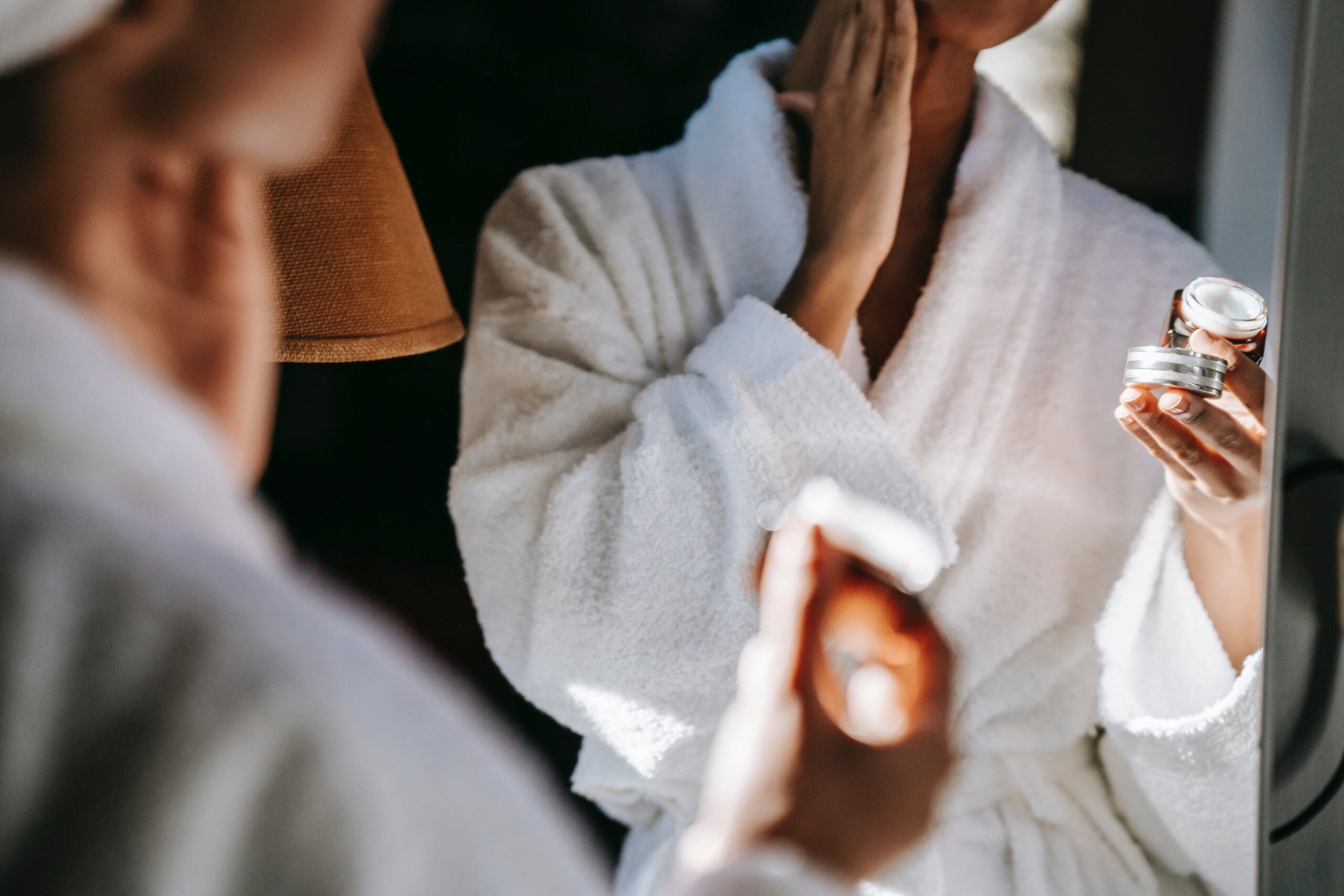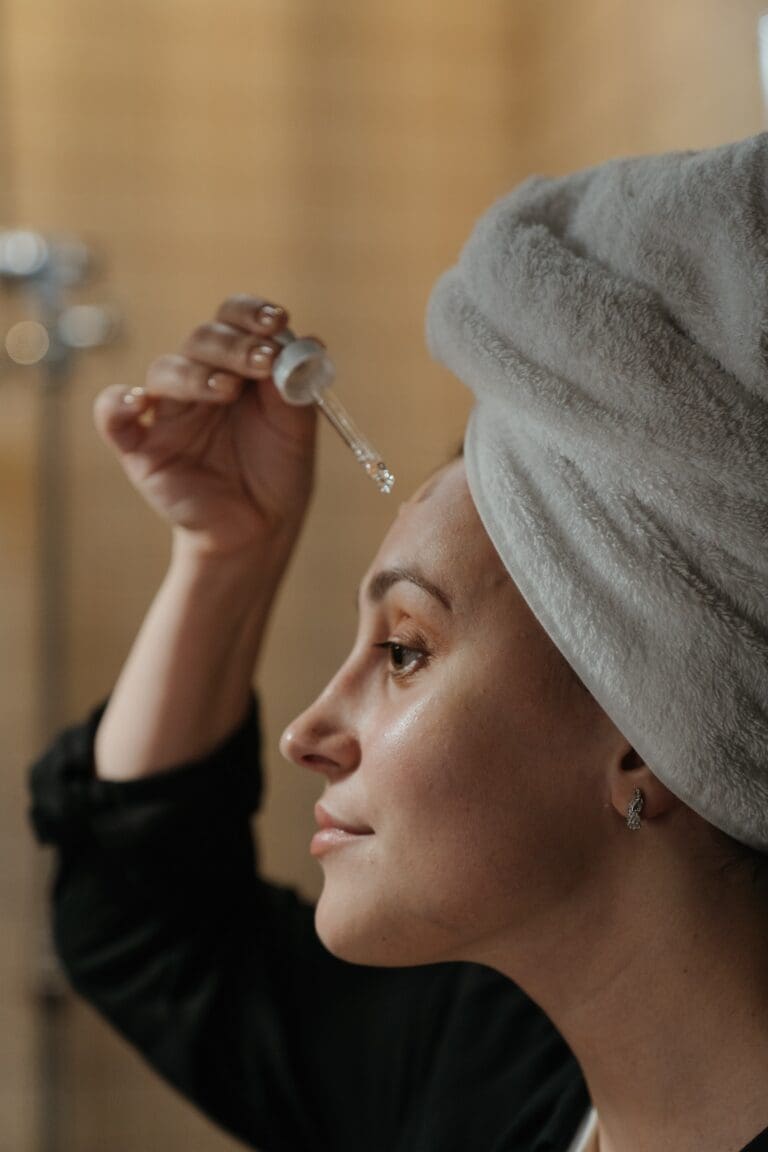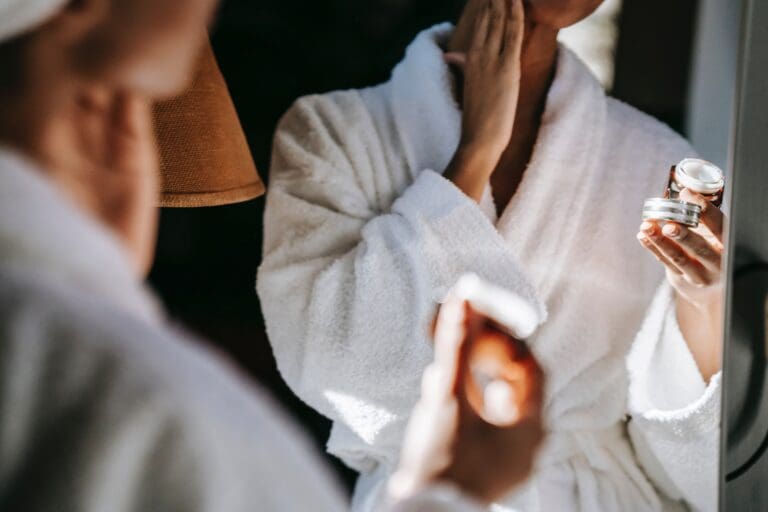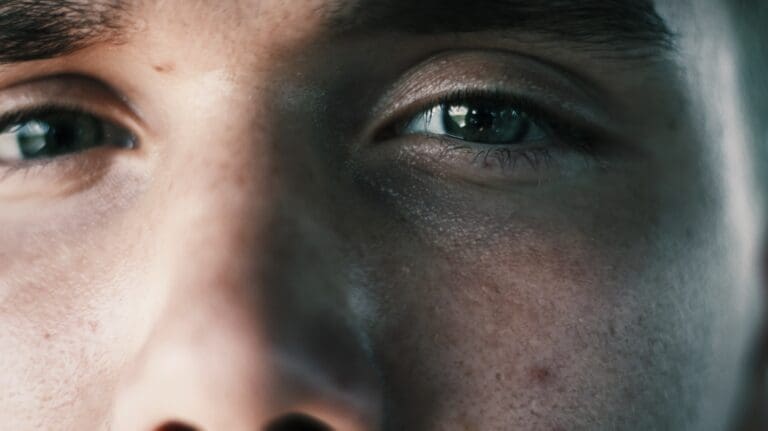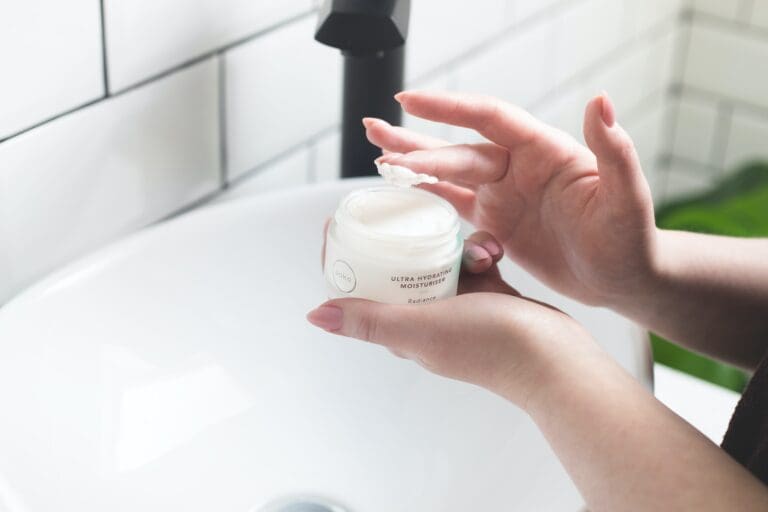What Does it Mean to Make my pores Visibly Smaller?
If you’re like most people, you’ve probably spent a lot of time and money trying to make your pores look smaller. But have you ever stopped to ask yourself what that really means? After all, your pore size is largely determined by genetics, and there’s not much you can do to physically alter their size. So what does it mean to make your pores “visibly smaller”?
The truth is, when people talk about making their pores look smaller, they’re usually talking about reducing their appearance. This can be done in a number of ways, from using topical treatments that help to unclog pores and reduce inflammation, to using makeup and other products that help to blur the appearance of pores. But no matter what approach you take, it’s important to remember that you can’t actually change the size of your pores. Instead, you’re simply working to minimize their appearance.
Understanding Pore Size and Function
Pores are tiny openings in your skin that allow sweat and oil to reach the surface. They are a natural part of your skin’s structure and serve an important function in regulating your body temperature and keeping your skin hydrated.
The size of your pores is determined by genetics, but they can be affected by other factors such as age, sun damage, and hormonal changes. While you cannot physically alter the size of your pores, you can make them appear smaller by keeping them clean and minimizing their appearance.
Here are a few things to keep in mind when it comes to understanding pore size and function:
- Pore size varies depending on where they are located on your body. For example, the pores on your face tend to be larger than those on your arms or legs.
- Pores can become clogged with dirt, oil, and dead skin cells, which can make them appear larger. Regular cleansing and exfoliation can help keep your pores clear and minimize their appearance.
- Sun damage can cause your pores to appear larger. Protecting your skin from the sun’s harmful rays can help prevent this.
- Hormonal changes can also affect the size of your pores. For example, during puberty, increased levels of hormones can cause your pores to become more visible.
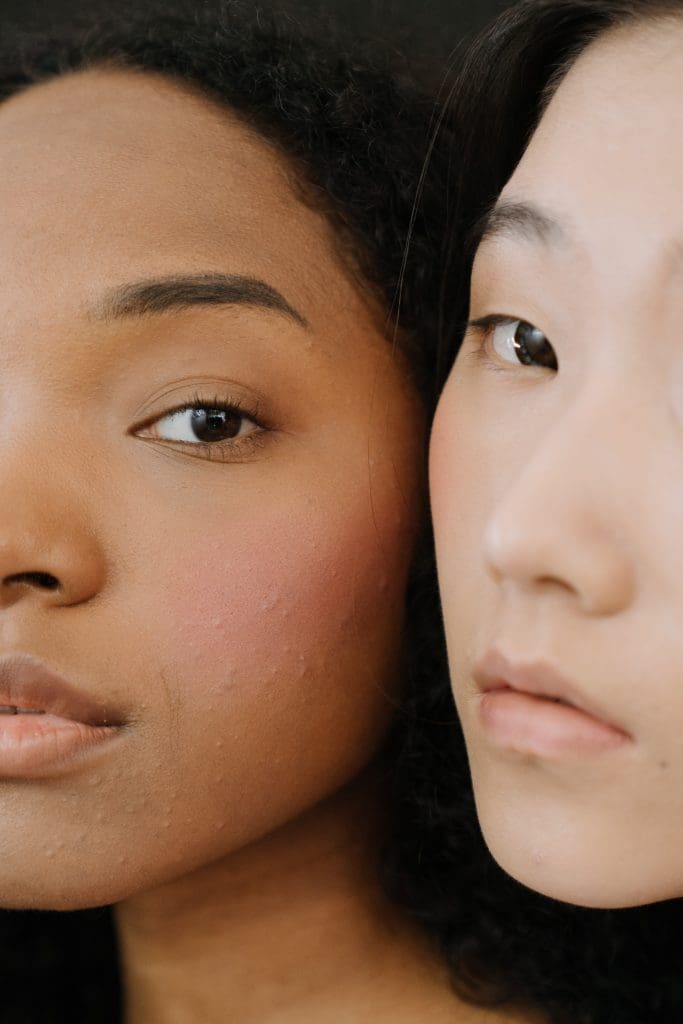
Myths About Pore Size
When it comes to pore size, there are a lot of myths and misconceptions out there. Here are a few common ones:
- Myth: Pores can open and close. This is a common misconception, but the truth is that pores don’t have muscles that can contract or expand. What can change the appearance of pores is the amount of oil and debris that accumulates inside them. When pores are clogged, they can appear larger.
- Myth: You can shrink your pores permanently. Unfortunately, there’s no way to permanently shrink your pores. You can, however, take steps to make them appear smaller. This involves keeping your skin clean and exfoliated, using products that help regulate oil production, and protecting your skin from sun damage.
- Myth: Pore size is determined by genetics. While genetics can play a role in your pore size, there are other factors that can affect it as well. For example, sun damage, aging, and environmental factors can all contribute to the appearance of your pores.
What It Means to Visibly Reduce Pore Size
If you’re looking to reduce the appearance of your pores, you may be wondering what it means to make them visibly smaller. What are the steps you can take to make them less noticeable?
Role of Skincare Products
One of the most effective ways to reduce the appearance of pores is by using skincare products that contain ingredients that help to unclog and refine them. Look for products that contain salicylic acid, glycolic acid, or retinoids, which can help to exfoliate the skin and reduce the buildup of dead skin cells that can clog pores.
You may also want to consider using a pore-minimizing primer before applying makeup. These products can help to smooth out the skin and create a more even texture, making pores less noticeable.
Effect of Hydration
Another important factor in reducing the appearance of pores is hydration. When your skin is dehydrated, it can appear dull and lackluster, which can make pores more noticeable. Make sure you’re drinking plenty of water throughout the day and using a moisturizer that’s appropriate for your skin type to keep your skin hydrated and healthy.
Impact of Healthy Diet
Finally, the foods you eat can also have an impact on the appearance of your pores. Eating a healthy, balanced diet that’s rich in antioxidants and other nutrients can help to keep your skin looking its best. Foods like fruits, vegetables, and whole grains can provide your skin with the vitamins and minerals it needs to stay healthy and radiant.
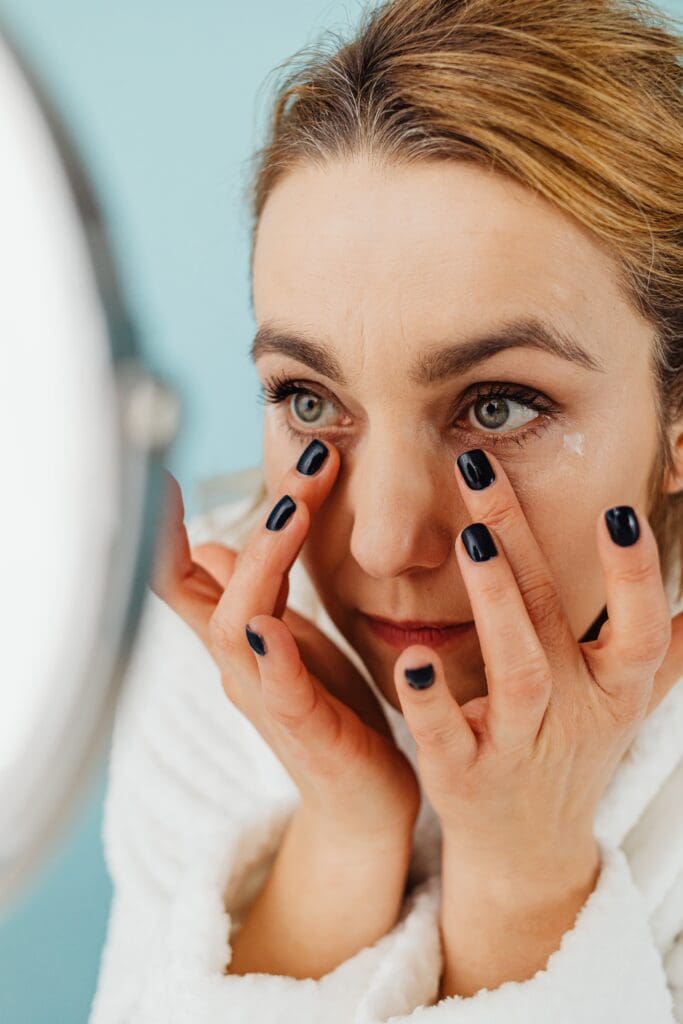
Methods to Make Pores Visibly Smaller
Here are some methods to consider:
Proper Cleansing
One of the most important steps you can take to reduce the appearance of your pores is to cleanse your skin properly. This means using a gentle cleanser that is designed for your skin type, and washing your face twice a day. Make sure to remove all traces of makeup and dirt, and avoid using hot water, which can dry out your skin and make your pores look more prominent.
Exfoliation
Exfoliating your skin can also help to reduce the appearance of your pores. By removing dead skin cells and other debris, you can help to unclog your pores and make them appear smaller. However, it’s important to use a gentle exfoliant, as harsh scrubs can irritate your skin and make your pores look worse. Look for products that contain alpha-hydroxy acids (AHAs) or beta-hydroxy acids (BHAs), which are gentle yet effective.
Use of Non-Comedogenic Products
Using non-comedogenic products is another important step in reducing the appearance of your pores. Non-comedogenic products are designed not to clog your pores, which can make them look larger. Look for products that are labeled as non-comedogenic, and avoid using heavy, oily products that can contribute to clogged pores.
Sun Protection
Finally, protecting your skin from the sun is an important step in reducing the appearance of your pores. Sun damage can cause your skin to age prematurely, which can make your pores look more prominent. Make sure to wear a broad-spectrum sunscreen with at least SPF 30 every day, and avoid spending time in the sun during peak hours. You can also wear a wide-brimmed hat and protective clothing to shield your skin from the sun’s harmful rays.
By following these methods, you can help to reduce the appearance of your pores and achieve smoother, more even-looking skin.
Medical Treatments and Procedures
If you’re looking for more drastic results, there are a variety of medical treatments and procedures that can be done to help minimize the appearance of your pores. Here are some of the most common:
Topical Retinoids
Topical retinoids are a type of medication that are derived from Vitamin A. They work by increasing cell turnover and decreasing the amount of oil produced by your skin. This can help to unclog your pores and make them appear smaller.
Some common topical retinoids include tretinoin (Retin-A) and adapalene (Differin). These medications can be prescribed by a dermatologist and are typically applied once a day at bedtime.
Chemical Peels
Chemical peels are a type of procedure that involves applying a chemical solution to your skin. This solution causes the top layer of your skin to peel off, revealing smoother, brighter skin underneath.
There are a variety of different types of chemical peels, ranging from mild to deep. Your dermatologist can help you determine which type of chemical peel is best for your skin type and concerns.
Laser Treatments
Laser treatments use focused beams of light to target specific areas of your skin. This can help to stimulate collagen production and reduce the appearance of pores.
There are a variety of different types of laser treatments available, including ablative and non-ablative lasers. Your dermatologist can help you determine which type of laser treatment is best for your skin type and concerns.
It’s important to note that these medical treatments and procedures can be expensive and may come with some risks and side effects. It’s important to talk to your dermatologist about the potential risks and benefits of each treatment option before deciding which one is right for you.

